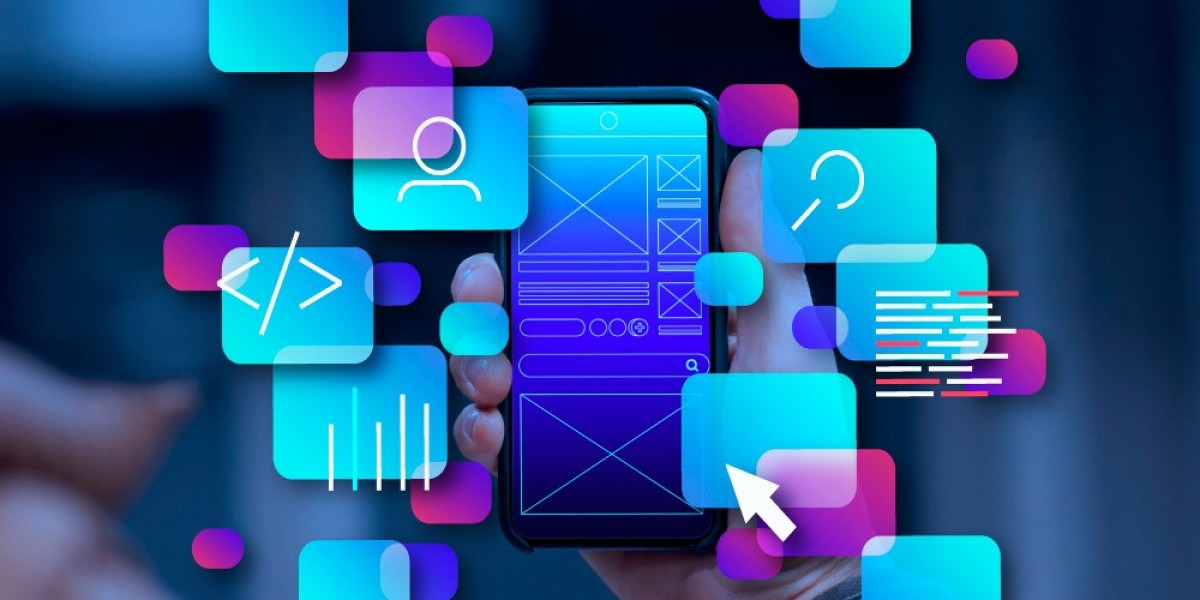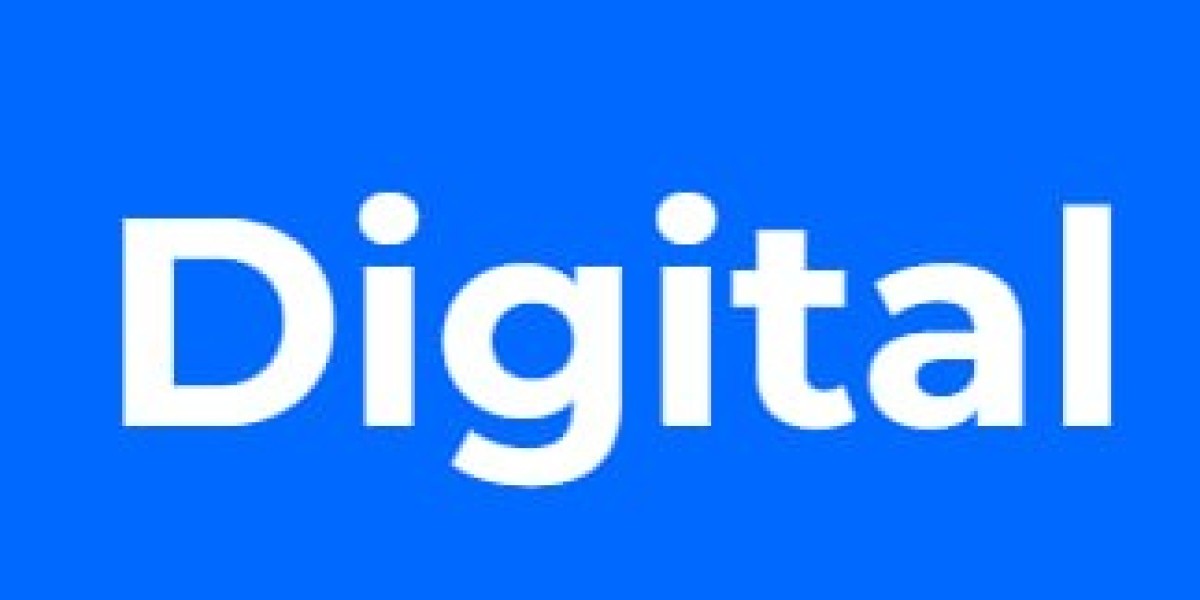Messenger apps have revolutionised the way we communicate, connecting people across the globe in real-time. Developing a messenger app, however, is a complex and multifaceted process that involves a significant investment of time, effort, and resources. In this article, we'll explore the key factors that influence the cost of developing a messenger app and provide insights into what to expect when embarking on this journey.
Understanding Messenger Apps
Messenger apps are platforms that enable users to send text messages, multimedia content (such as images, videos, and audio), and even make voice and video calls. Popular examples include WhatsApp, Facebook Messenger, and Telegram. These apps have become essential for personal communication and business operations, creating a high demand for custom messenger app development.
Factors Influencing Development Costs
The cost of developing a messenger app varies widely based on several factors:
1. Features and Functionality
The complexity and range of features directly impact development costs. A basic messenger app with simple text messaging and user authentication will be less expensive than one with advanced features like end-to-end encryption, voice and video calls, group messaging, file sharing, stickers, and integrations with other services.
2. Platform and Technology Stack
The choice of platform—iOS, Android, or cross-platform—affects costs. Native apps (built specifically for iOS or Android) tend to be more expensive than cross-platform apps, which are developed once and deployed across multiple platforms. The technology stack (programming languages, frameworks, and tools) also plays a role in cost determination.
3. User Interface and Experience
A well-designed user interface (UI) and user experience (UX) require skilled designers and user testing, which can increase development costs. Apps with complex animations, custom graphics, and intuitive navigation may require more resources.
4. Backend Development and Infrastructure
Messenger apps rely on robust backend infrastructure to handle user data, messages, and media. Backend development, including database design, server setup, and security measures, contributes to overall costs. Additional expenses arise from hosting, cloud services, and ongoing maintenance.
5. Security and Compliance
Ensuring data security and compliance with regulations (such as GDPR and CCPA) is critical for messenger apps. Implementing encryption, secure authentication, and compliance features can increase development costs.
6. Development Team and Location
The size and expertise of the development team, as well as their location, impact costs. Teams in North America and Western Europe typically have higher rates than those in Eastern Europe, Asia, or Latin America.
Estimated Costs for Developing a Messenger App
Given these factors, let's consider a range of estimated Messenger app development cost:
- Basic App: A simple messenger app with basic features and a minimal UI/UX design may cost between $10,000 and $50,000.
- Mid-Range App: An app with additional features like voice calls, file sharing, and improved UI/UX can cost between $50,000 and $150,000.
- Advanced App: A feature-rich app with end-to-end encryption, video calls, complex animations, and extensive backend development could cost $150,000 to $500,000 or more.
Reducing Development Costs
To reduce costs, consider the following approaches:
- Cross-Platform Development: Using cross-platform frameworks like React Native or Flutter can reduce development time and costs.
- Agile Development: An agile approach allows for iterative development and flexibility, helping to manage costs effectively.
- Outsourcing: Outsourcing development to regions with lower rates can significantly reduce costs, provided you choose a reputable team.
Conclusion
Developing a messenger app is a complex endeavor with costs varying based on features, technology, design, security, and team location. Understanding these factors and planning accordingly can help manage costs while delivering a high-quality product. By carefully selecting the right approach, technology stack, and team, you can create a successful messenger app that meets your goals and budget.



